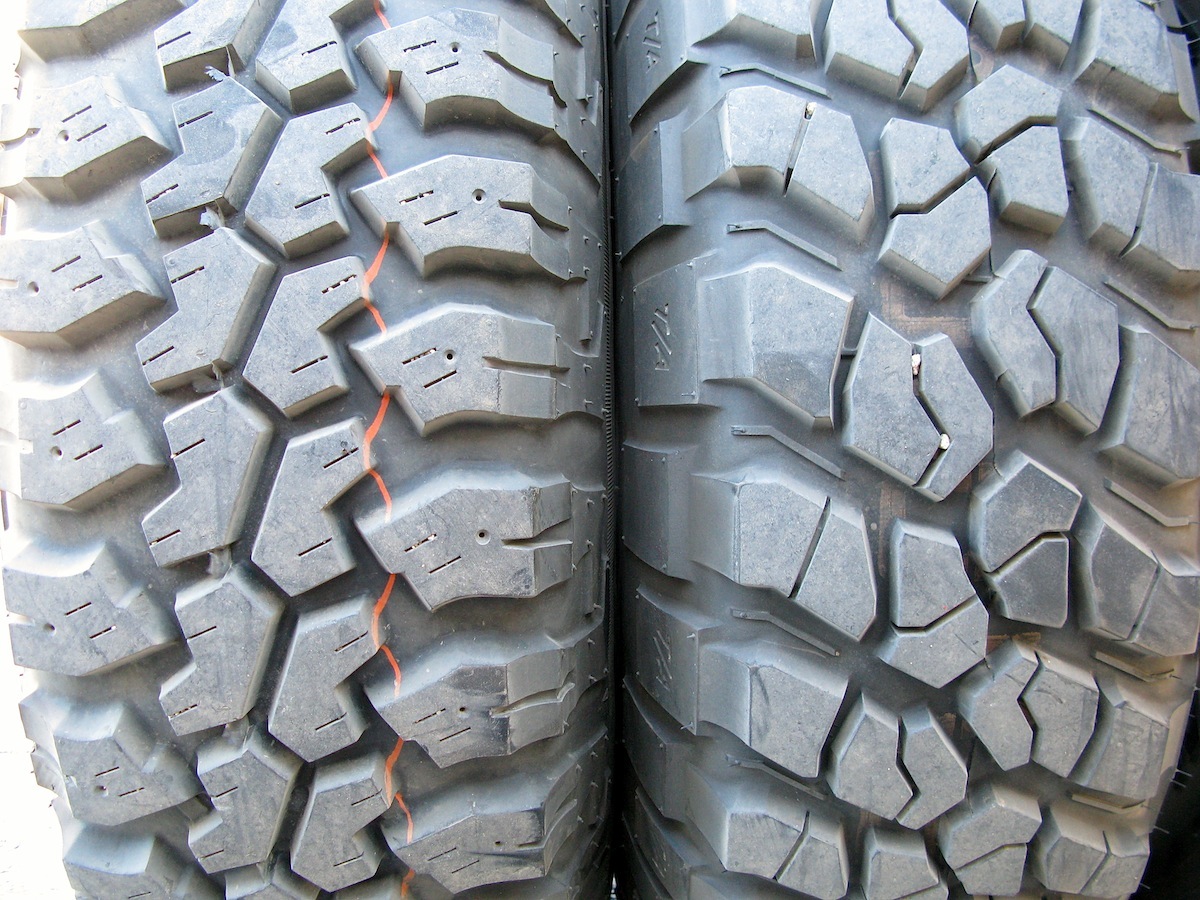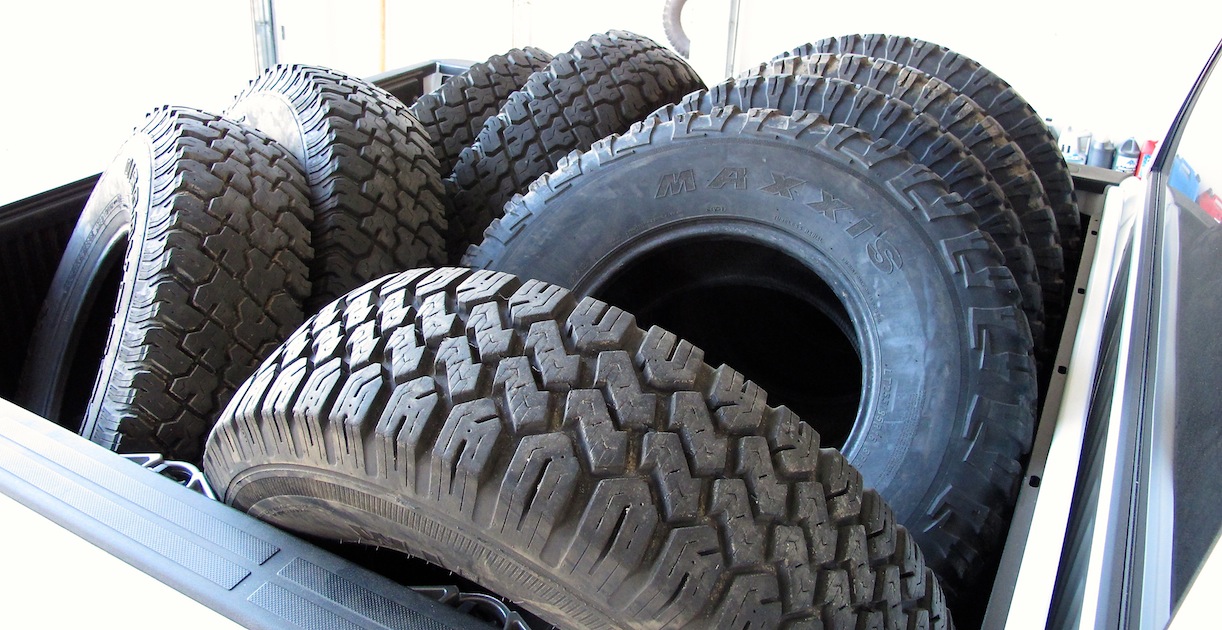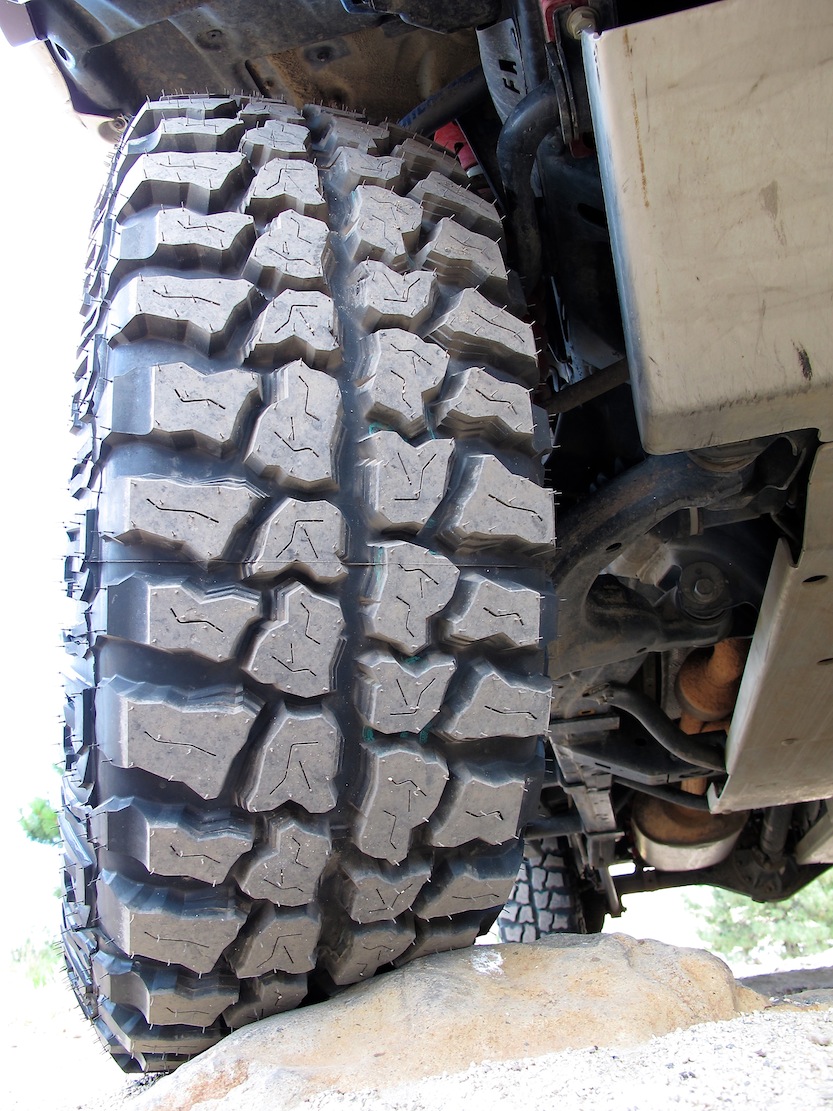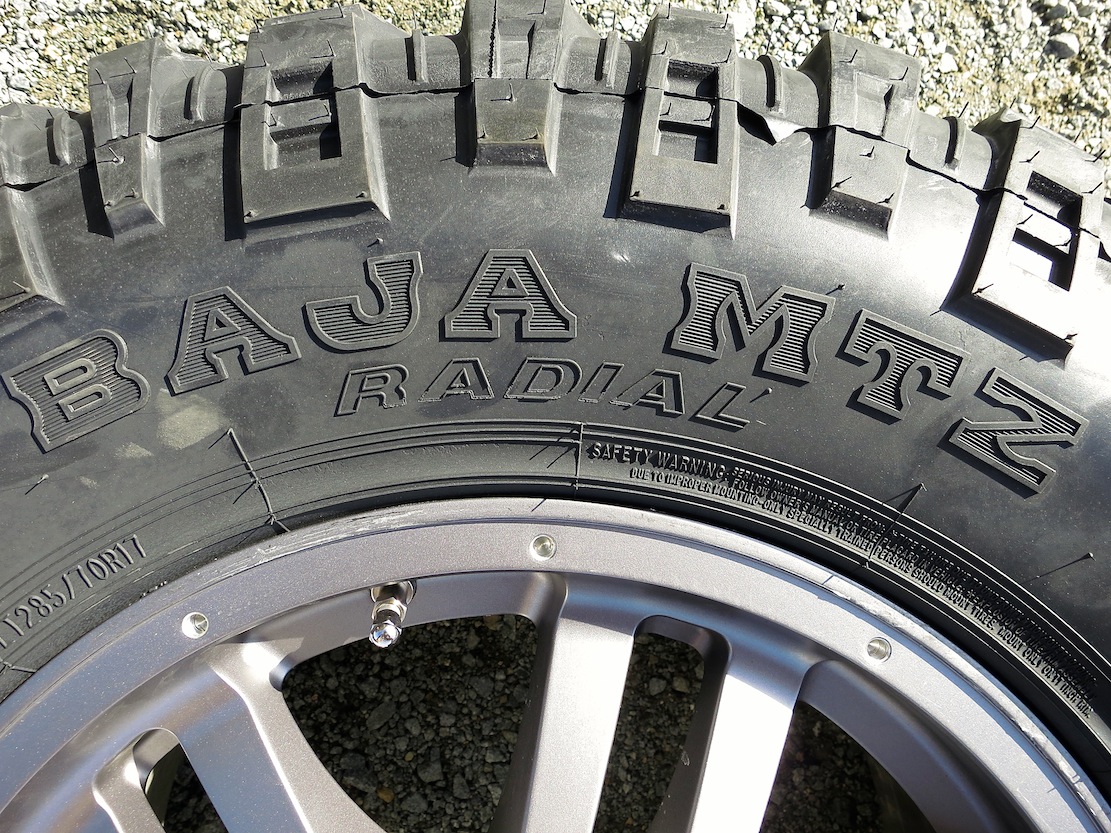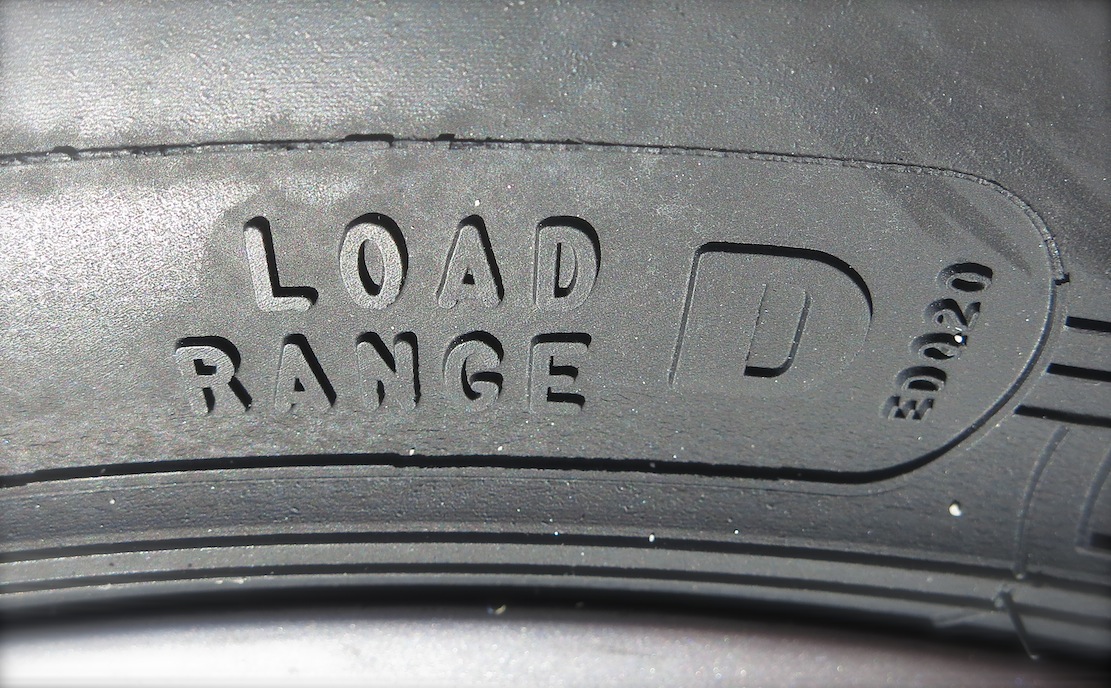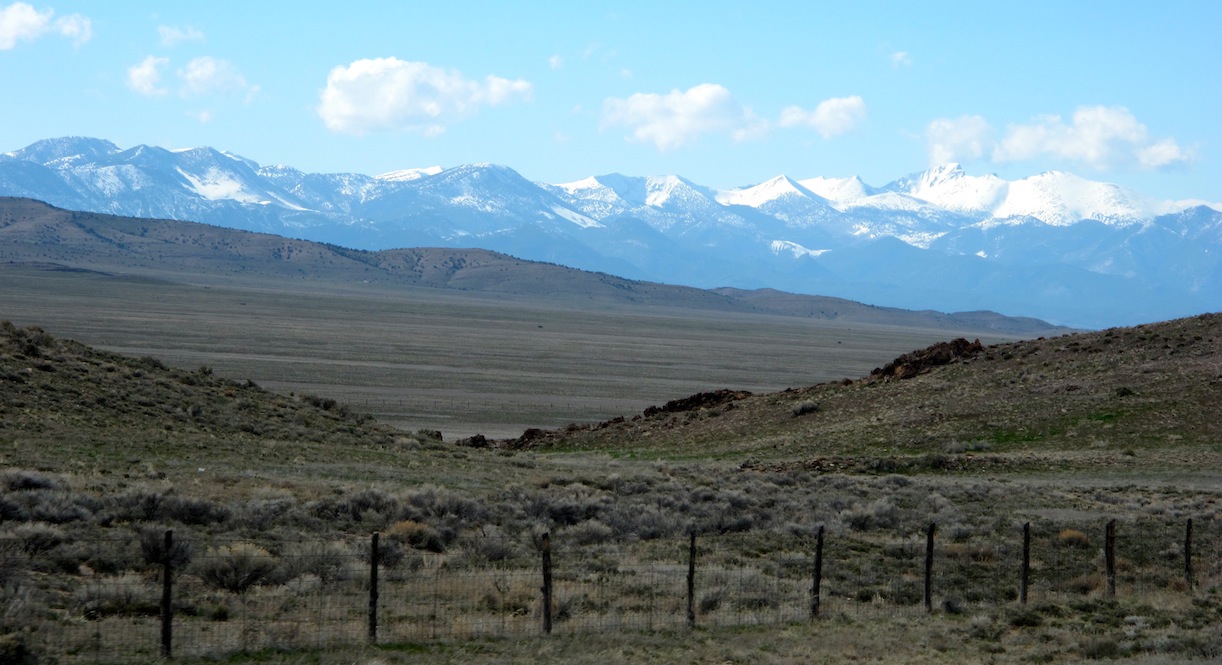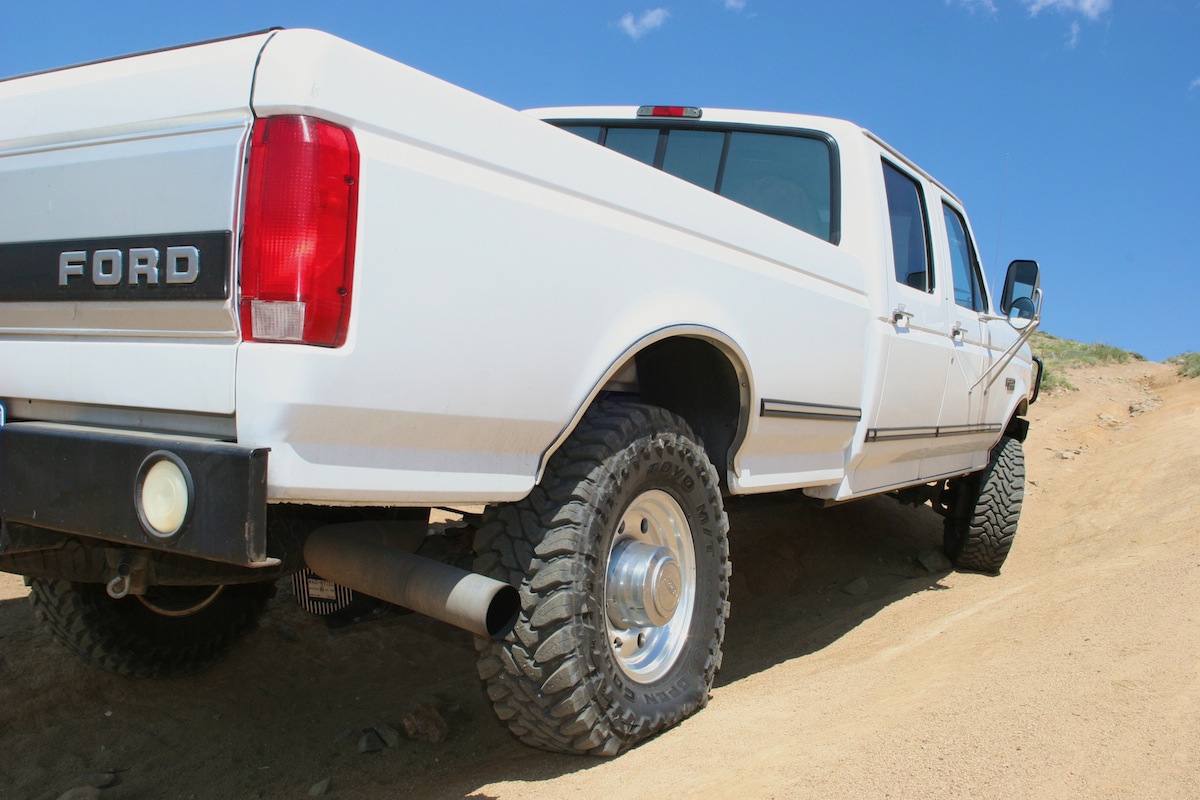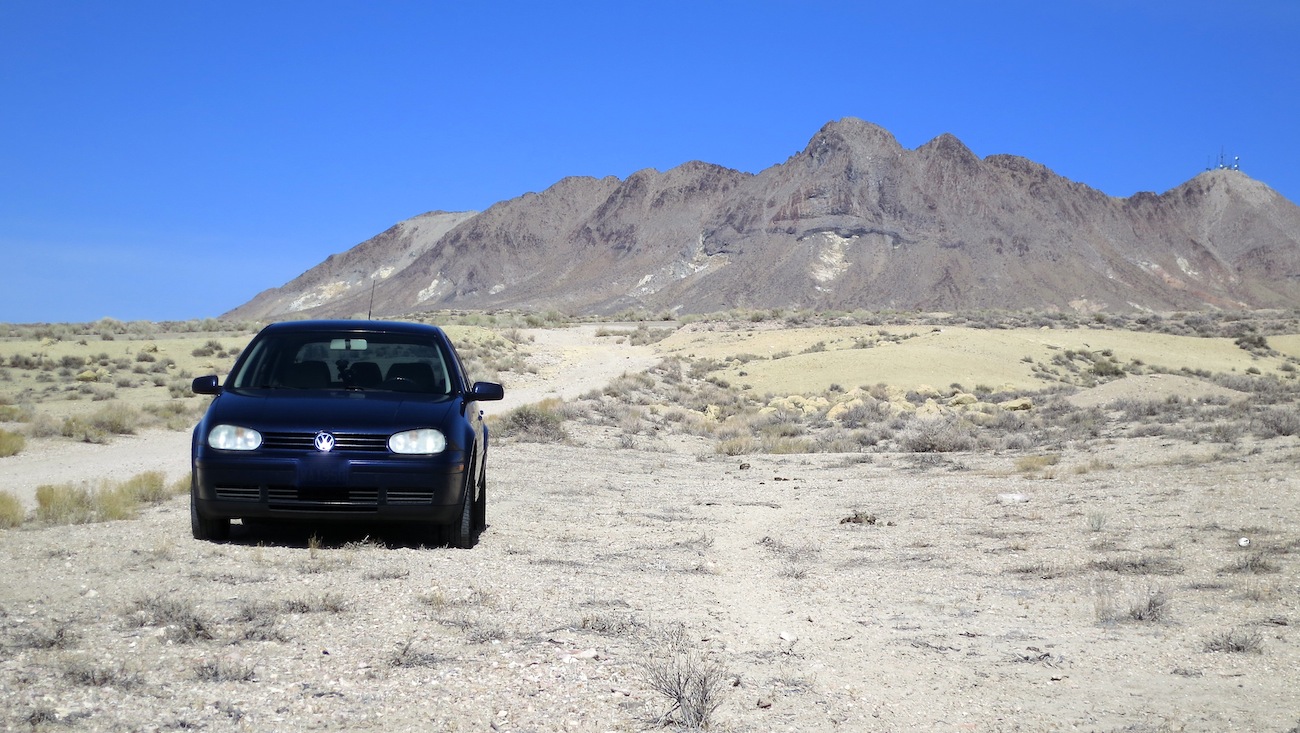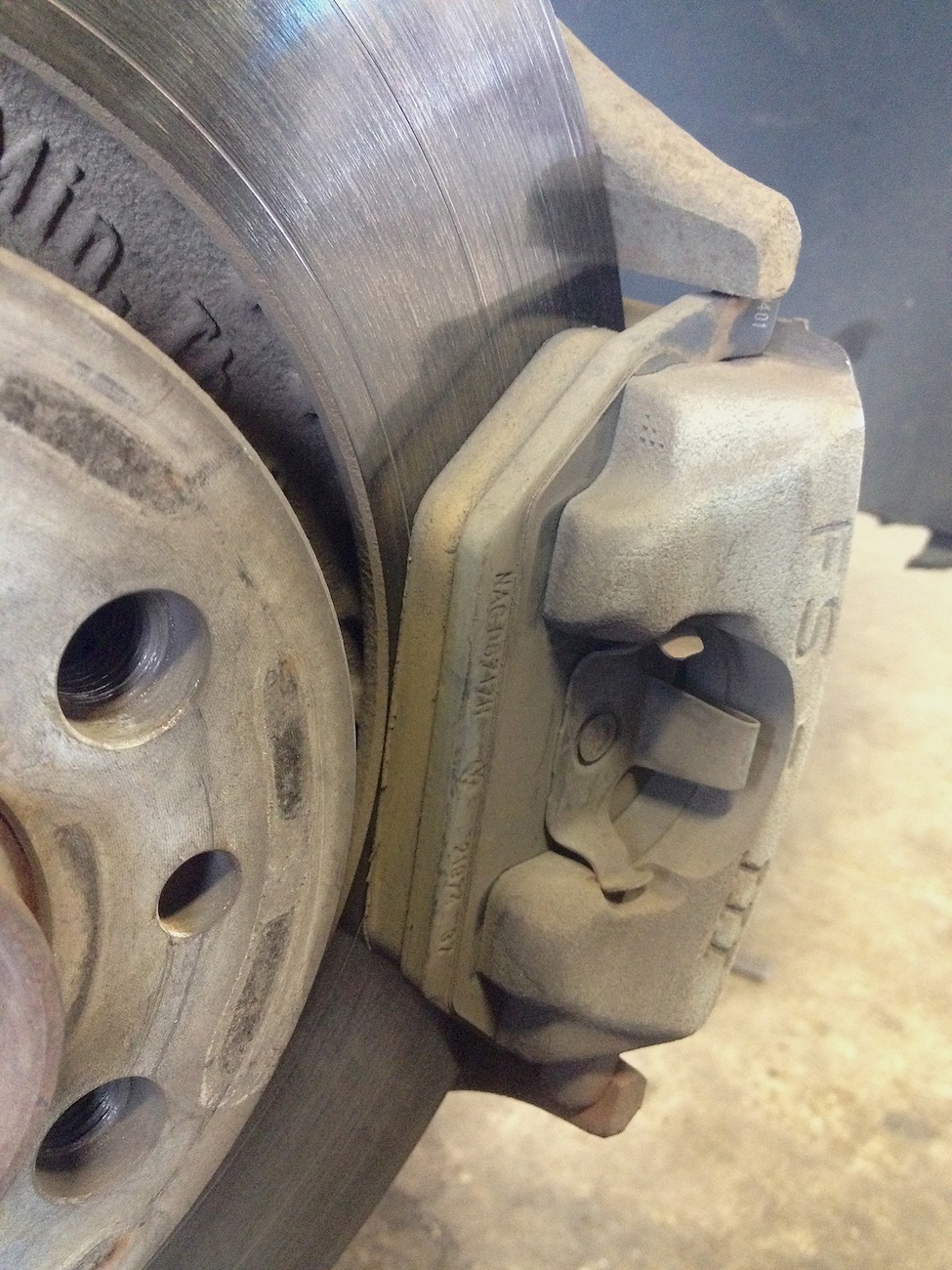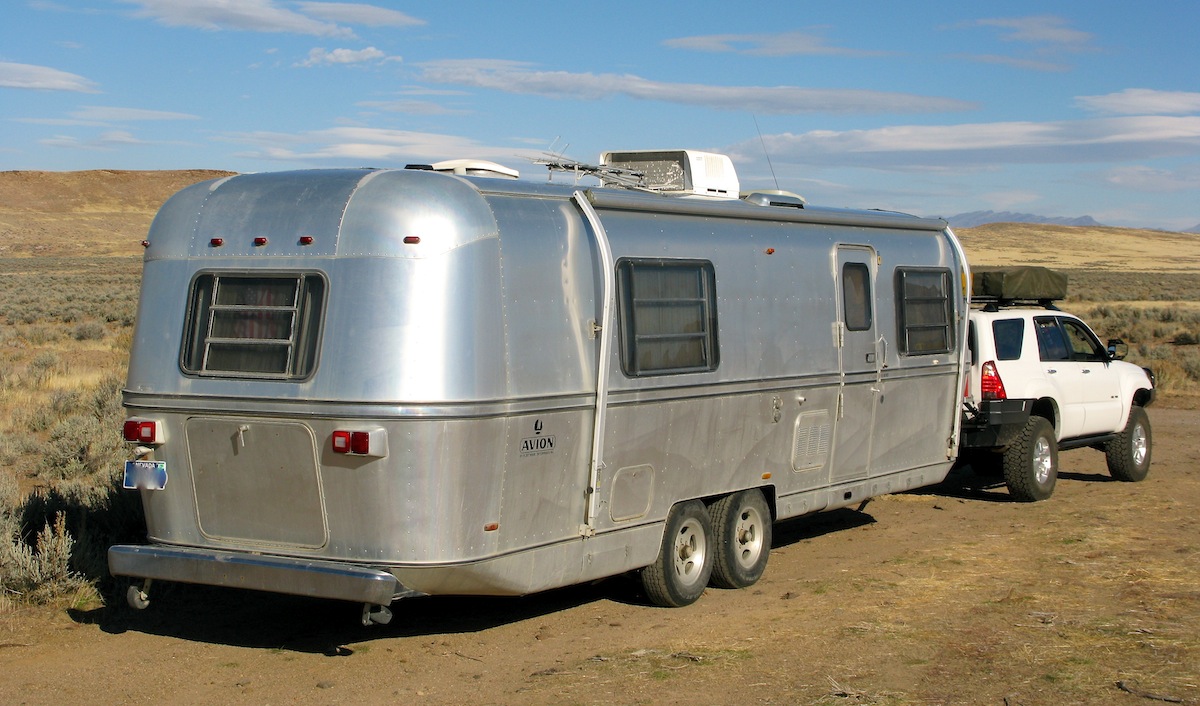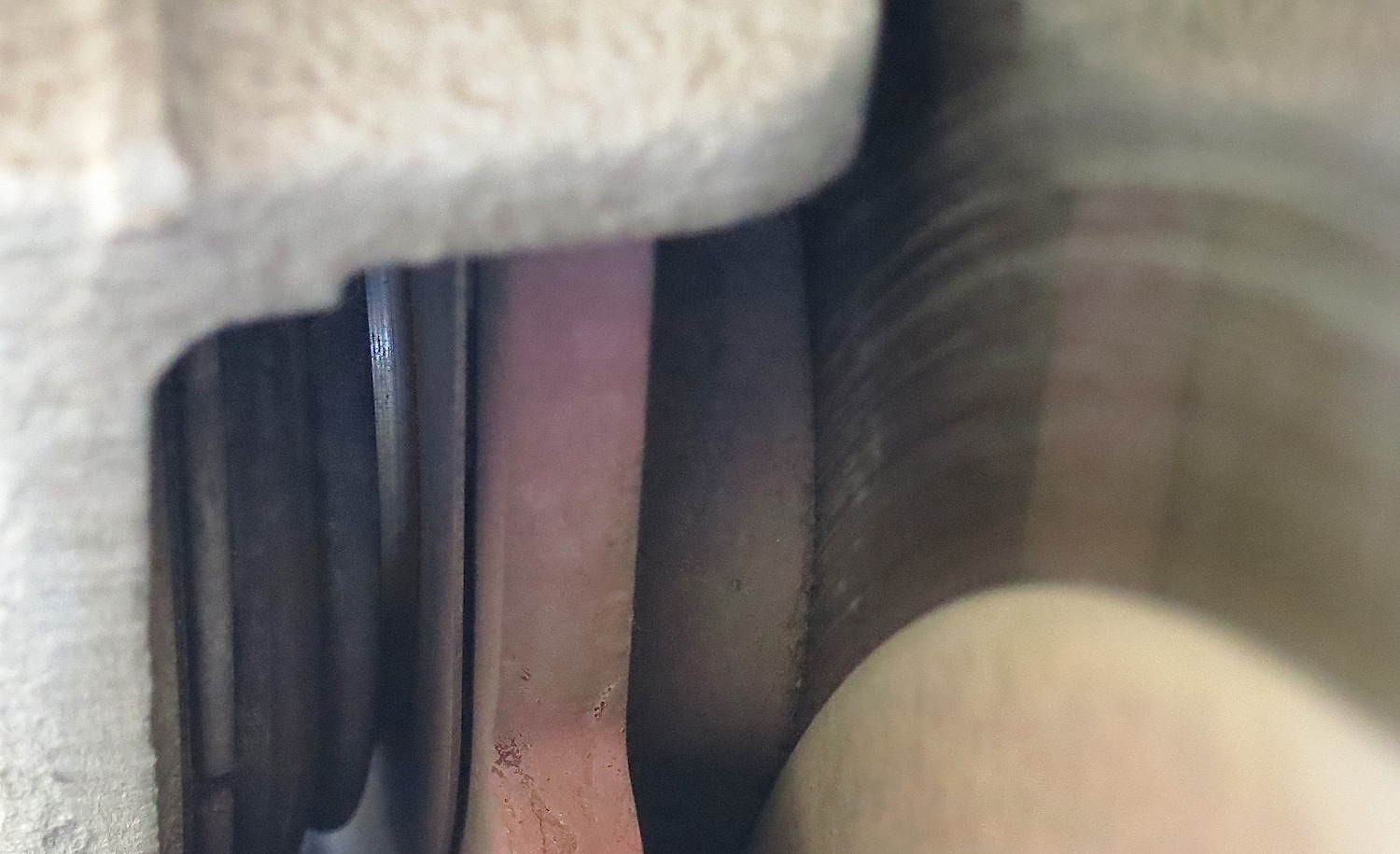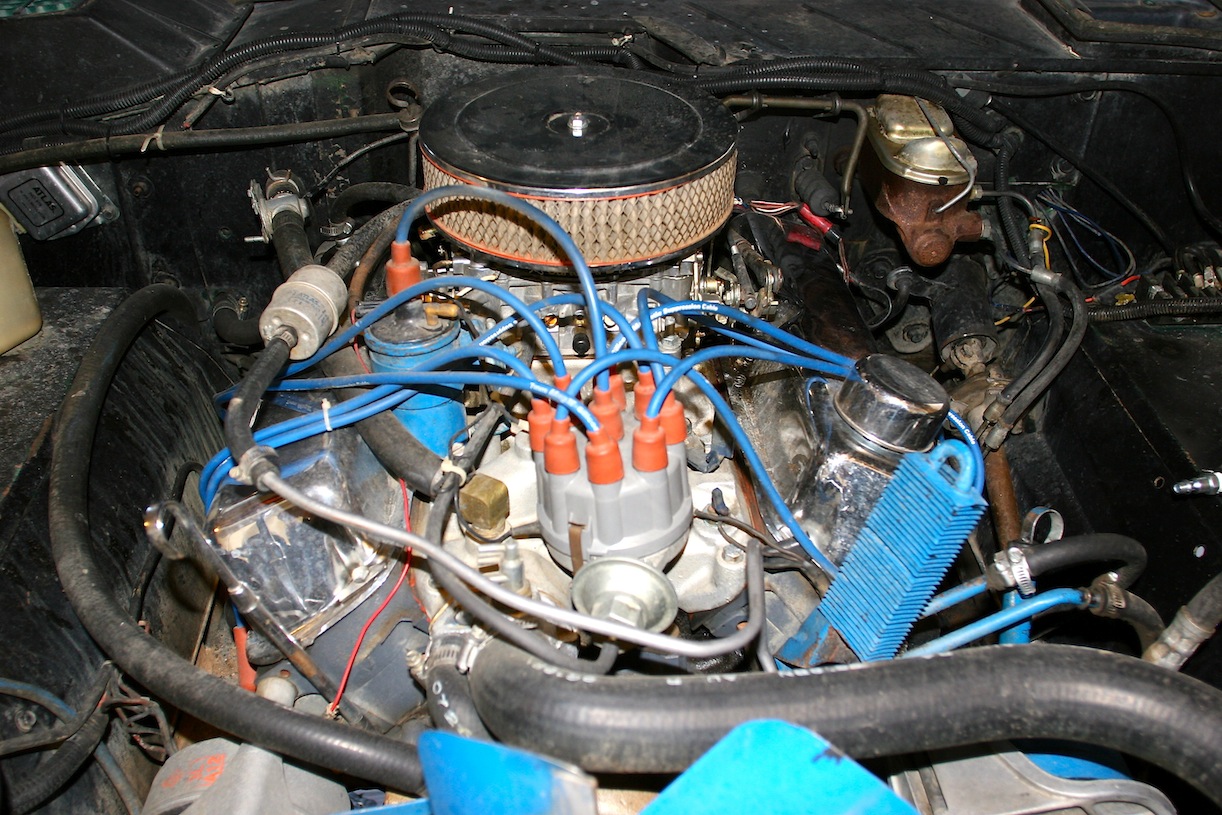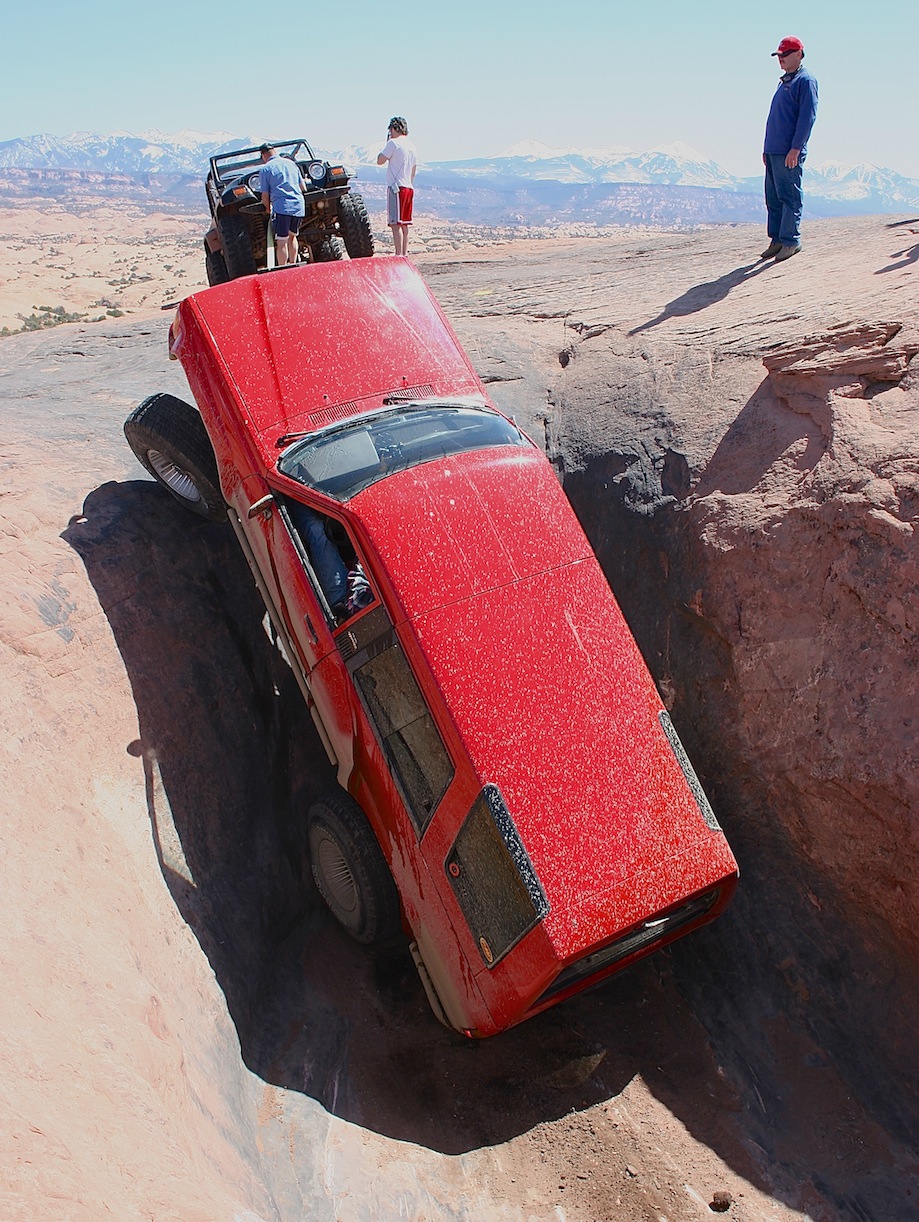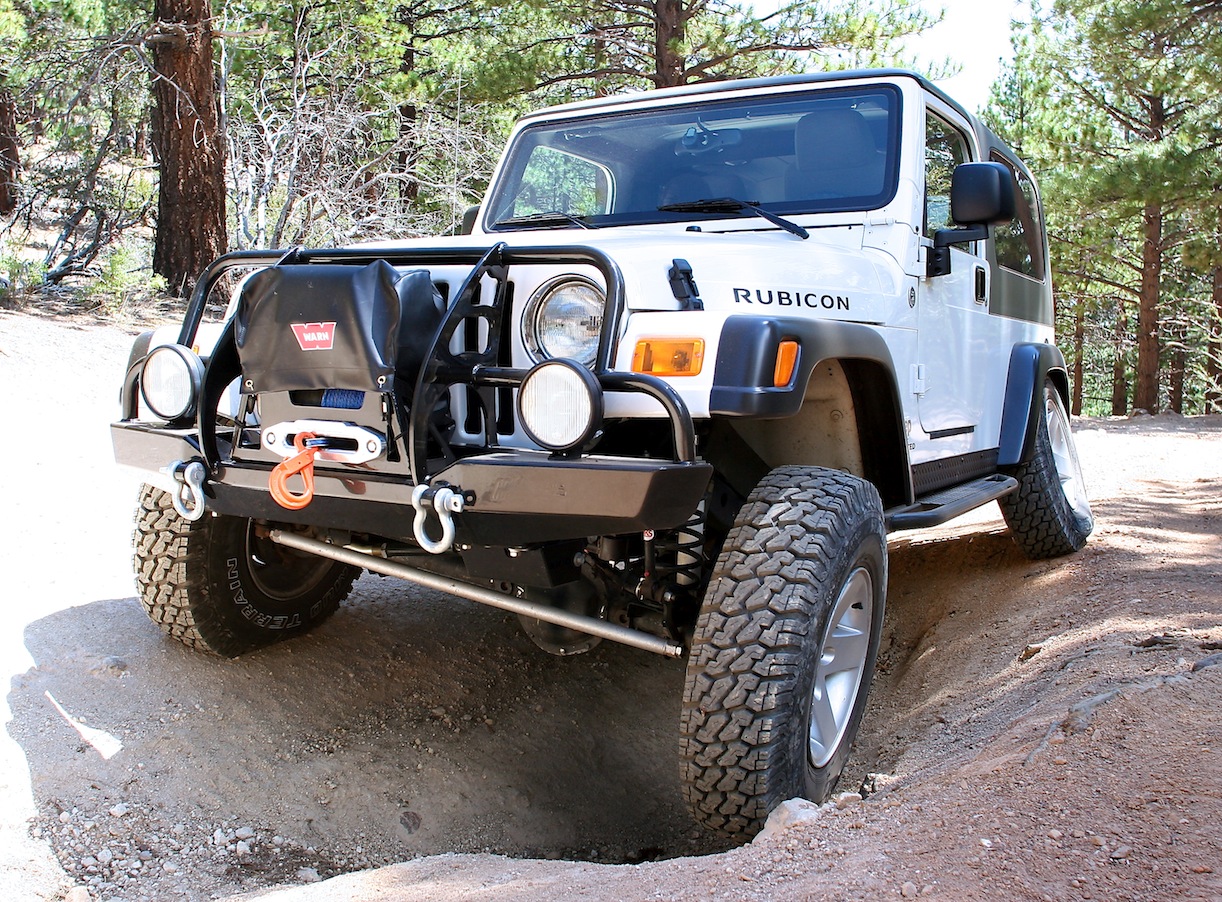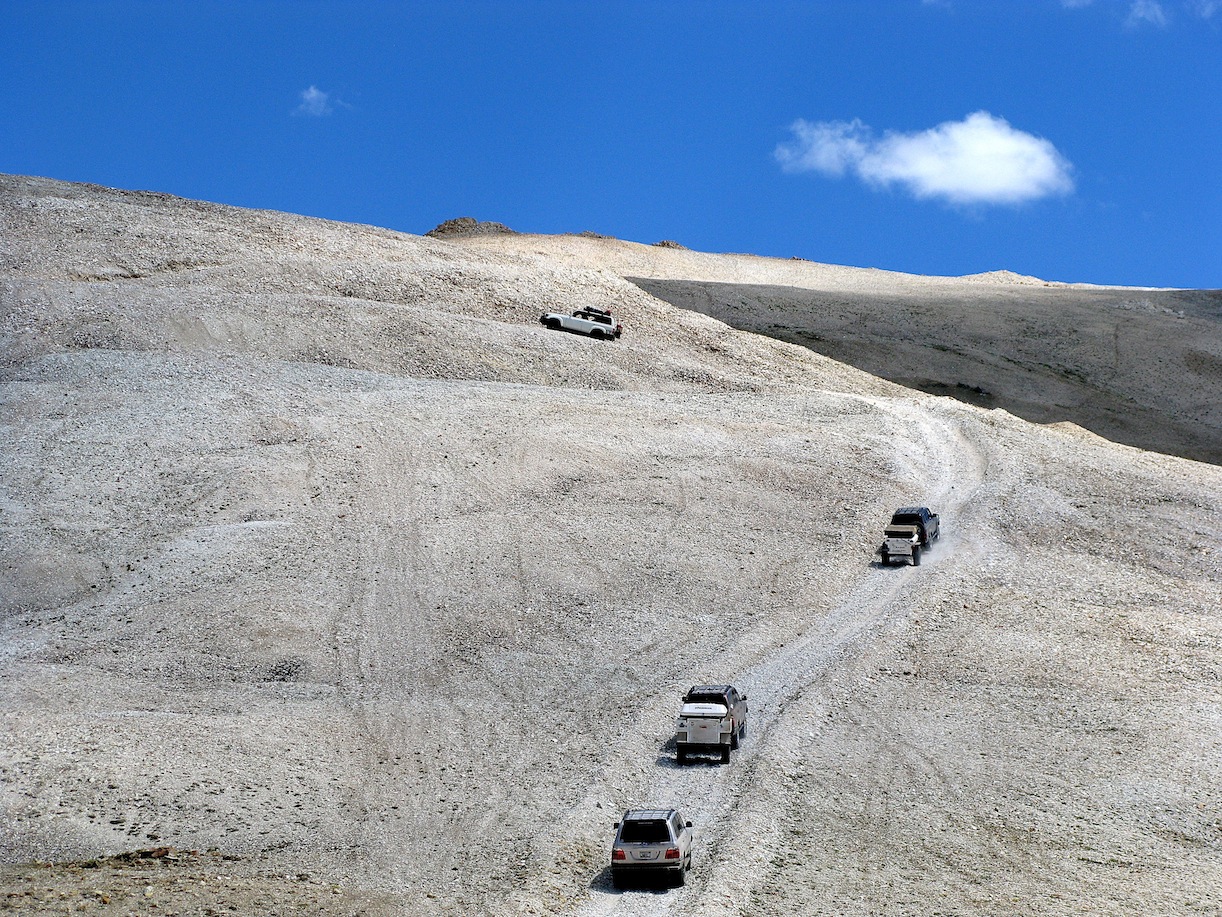Second Time Winner: Choosing an Eezi-Awn Series 3 1600 Roof Tent
By James Langan
We have a pop-up camper for luxurious overland travel but there are times when the tracks are too rugged or we want to travel lighter and leave the trailers and big rigs at home. We could rough-it and sleep in a ground tent, but the earth is not always clean, level, or dry, and isn’t very appealing after experiencing more comfortable backcountry accommodations. Our solution was an Eezi-Awn roof top tent (RTT). Buying a RTT is not an inexpensive proposition, but in the spring of 2010 while preparing for a two week Utah overland excursion over challenging and rocky trails, I asked myself, “how much is one good nights sleep worth?” My answer was at least $100.00. Of course a good nights sleep can help you feel like a million bucks, and a poor sleep can resemble the national debt. I found it relatively easy to justify a new Eezi-Awn.
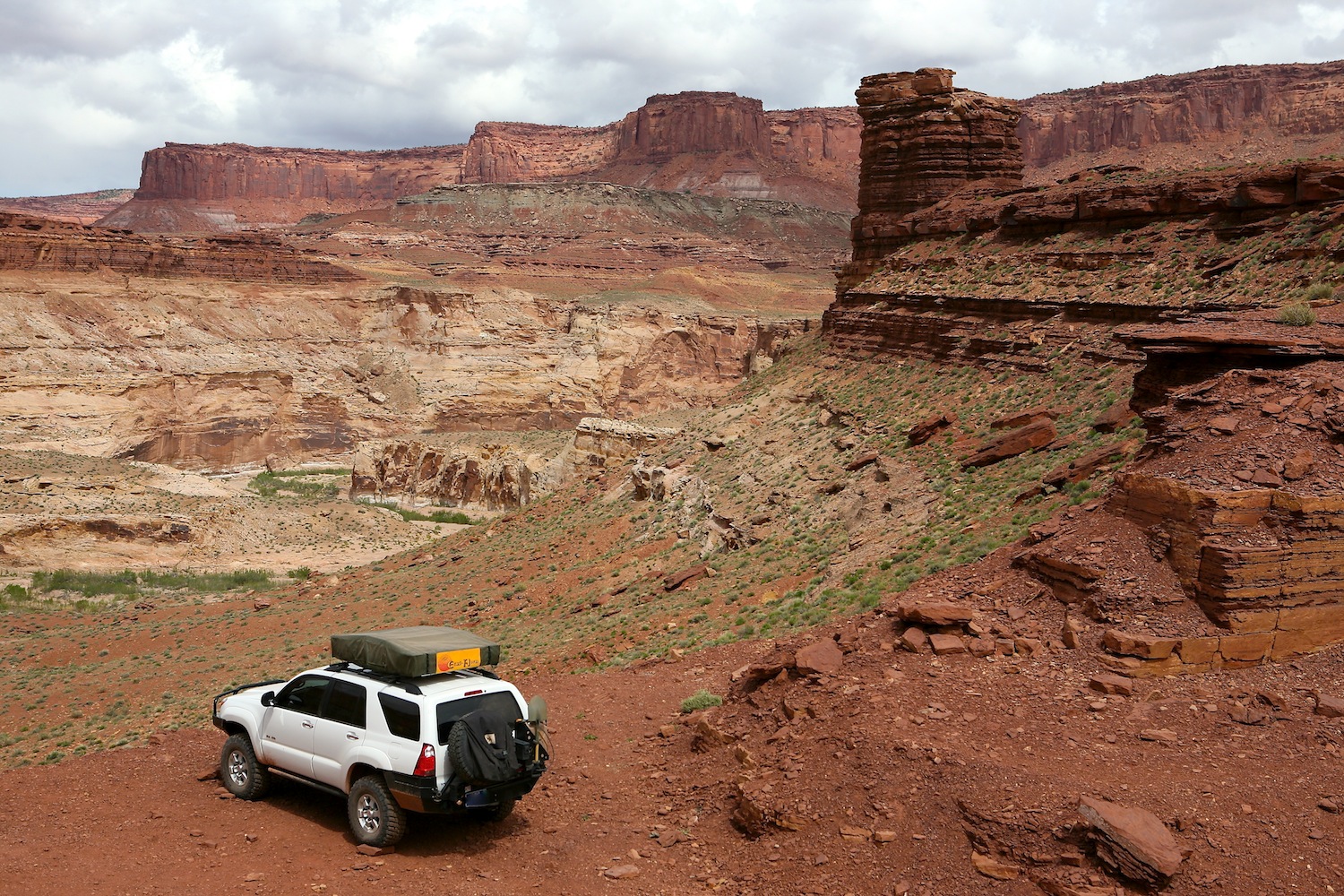
Why the Eezi-Awn?
There are a few good roof tents for sale in North America, and the Eezi-Awn is regarded as one of the best. The Autohome hard shell tents are appealing with their aerodynamic profile, but their narrowness, relatively short length, and price have prevented a purchase thus far. With many sizes and configurations from which to choose, Eezi-Awn offers a Series 3 tent to fit many applications and needs. From the narrowest 1200, T-Top models, the Family Rooftent or the Globetrotter Trailer Tent, take your measurements and pick the tent that is right for you. Choosing an Eezi-Awn was also a safe decision because we previously owned a Series 3 1800 which lived atop our Chaser from Adventure Trailers. Our 1800 provided several nights of good sleep before the Chaser and RTT were sold in favor of different off-highway platforms.
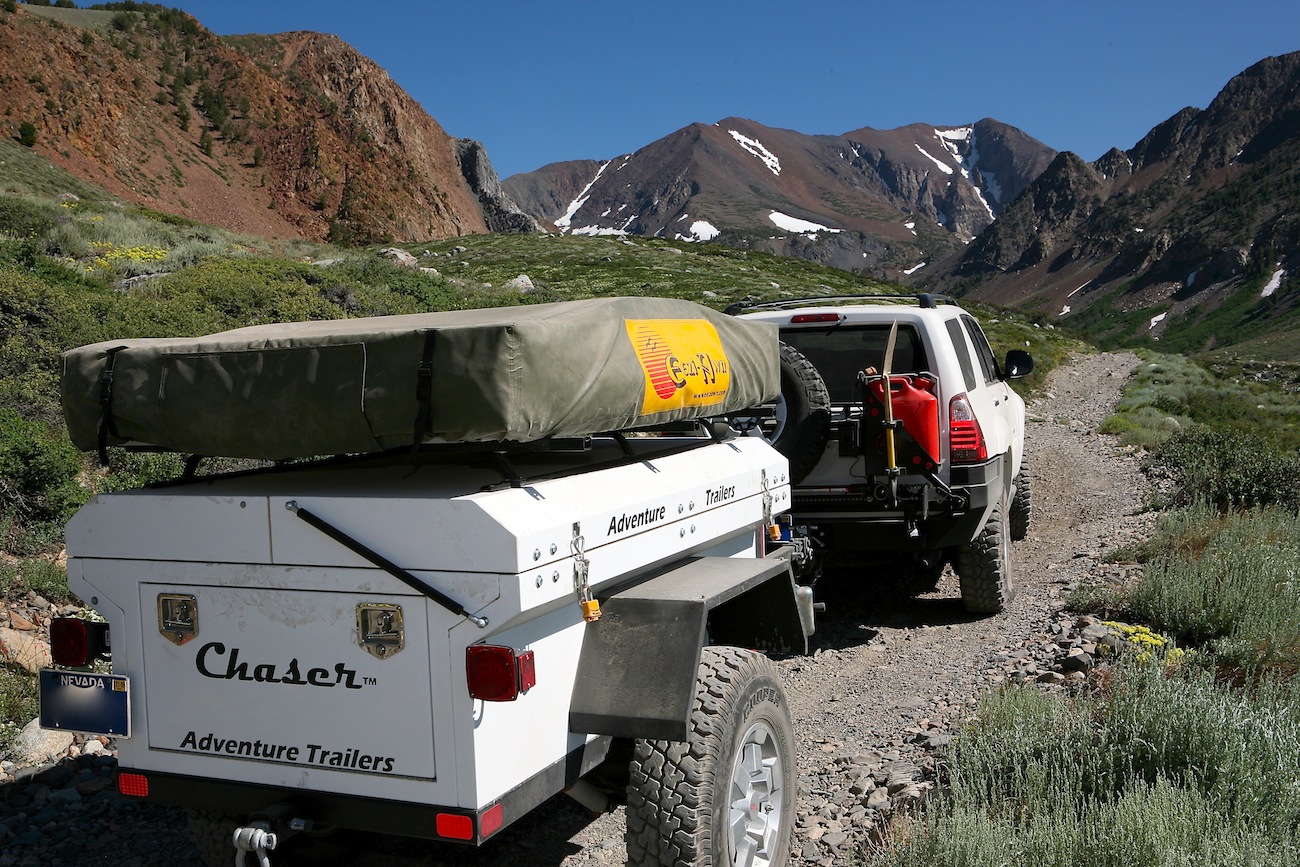
1400 or 1600, That Was The Question
Though smaller tents have their place most of us would prefer some extra shoulder room. Because roof tents are often smaller than ground tents, size matters. Larger Eezi-Awns are not proportionally more expensive than their smaller cousins, so going big is not an economic decision but one of fit and weight. If the weight and physical size of the RTT are not critical concerns, I suggest going with a larger model. It’s not often that you hear a camper complain that their tent is too large.
Our Series 3 1800 on the Chaser was very spacious for two, even when using large, quilted, rectangular sleeping bags, but I knew I didn’t want to put such a large and heavy tent on our 2006 4Runner. The 1200 was quickly ruled out, as it would be very narrow for two adults who are accustomed to sleeping in queen beds. For a couple months I deliberated whether to purchase a new 1400 or a 1600. The Series 3 1400 tent weighs exactly what the stock roof rack on our 4Runner is rated to carry. The 1600, at 132 pounds, is about 12 pounds over Toyota’s stated weight limit. Though the primary duty for the Eezi-Awn is comfortable sleeping on challenging solo trips, would my wife and I use the RTT together at times? How often? I reasoned that we would be more inclined to use the Eezi-Awn together if there was more room for both of us. I decided the additional 12 pounds of the 1600 was too little to worry about above our very well balanced 4Runner with its relatively low center of gravity. A new Series 3 Eezi-Awn 1600 was purchased from Equipt Expedition Outfitters. (http://www.equipt1.com)
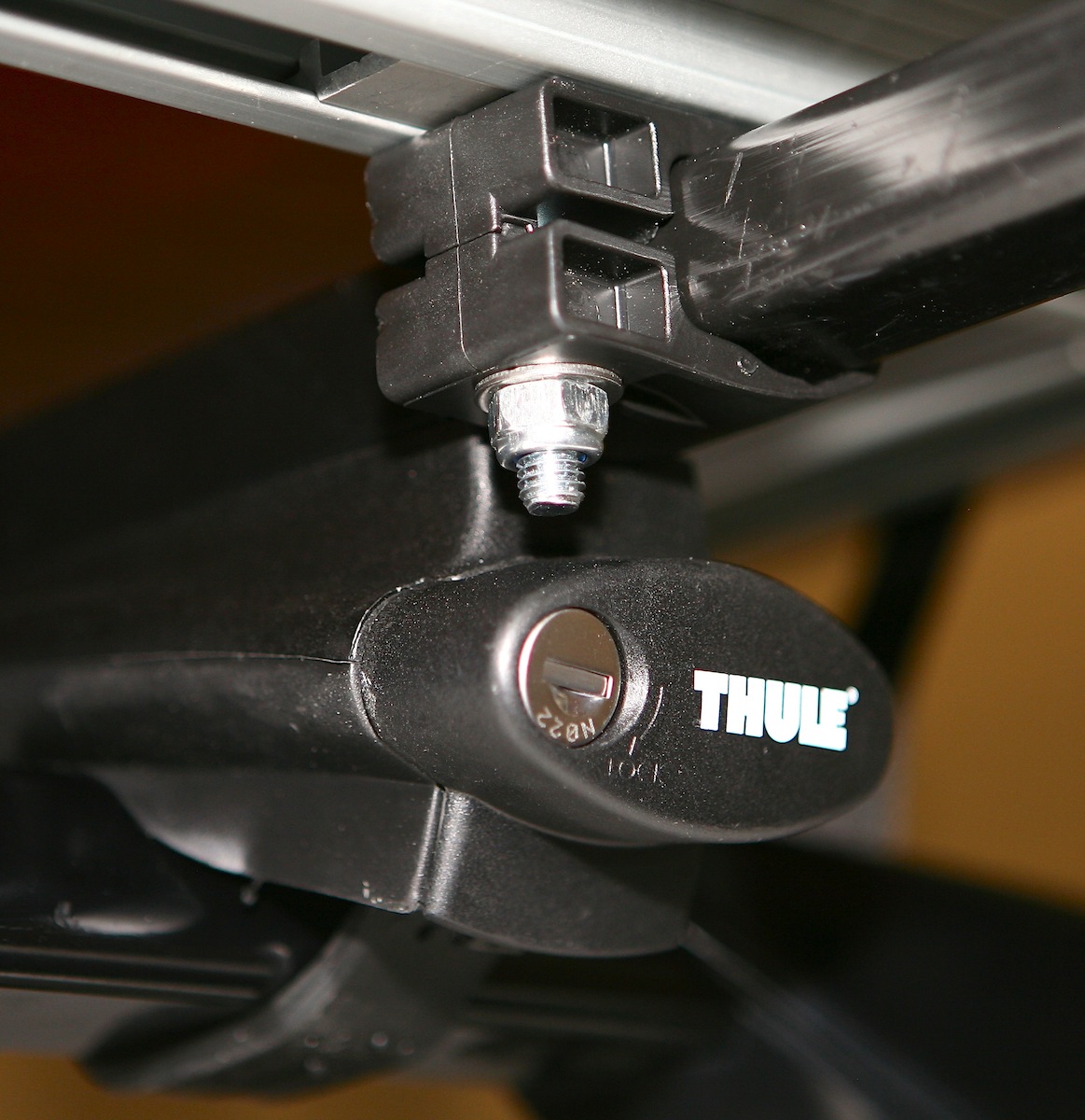
Mounting
Our 4Runner neither has nor needs an aftermarket roof rack. In an effort to keep our roof load light and low, we added Thule cross-bars and mounting feet to the stock 4Runner rails, and used Yakima Universal SNARs to mount the tent to Thule bars. It’s often advisable to use three cross bars when mounting a 1600 or larger tent, but we wanted to keep things as light and simple as possible. We decided to try only two crossbars with the standard Thule kit. This set-up has worked flawlessly for thousands of miles, including hundreds of miles off-highway. Neither the crossbars nor the tent have loosened a bit and the tent opens and functions perfectly.
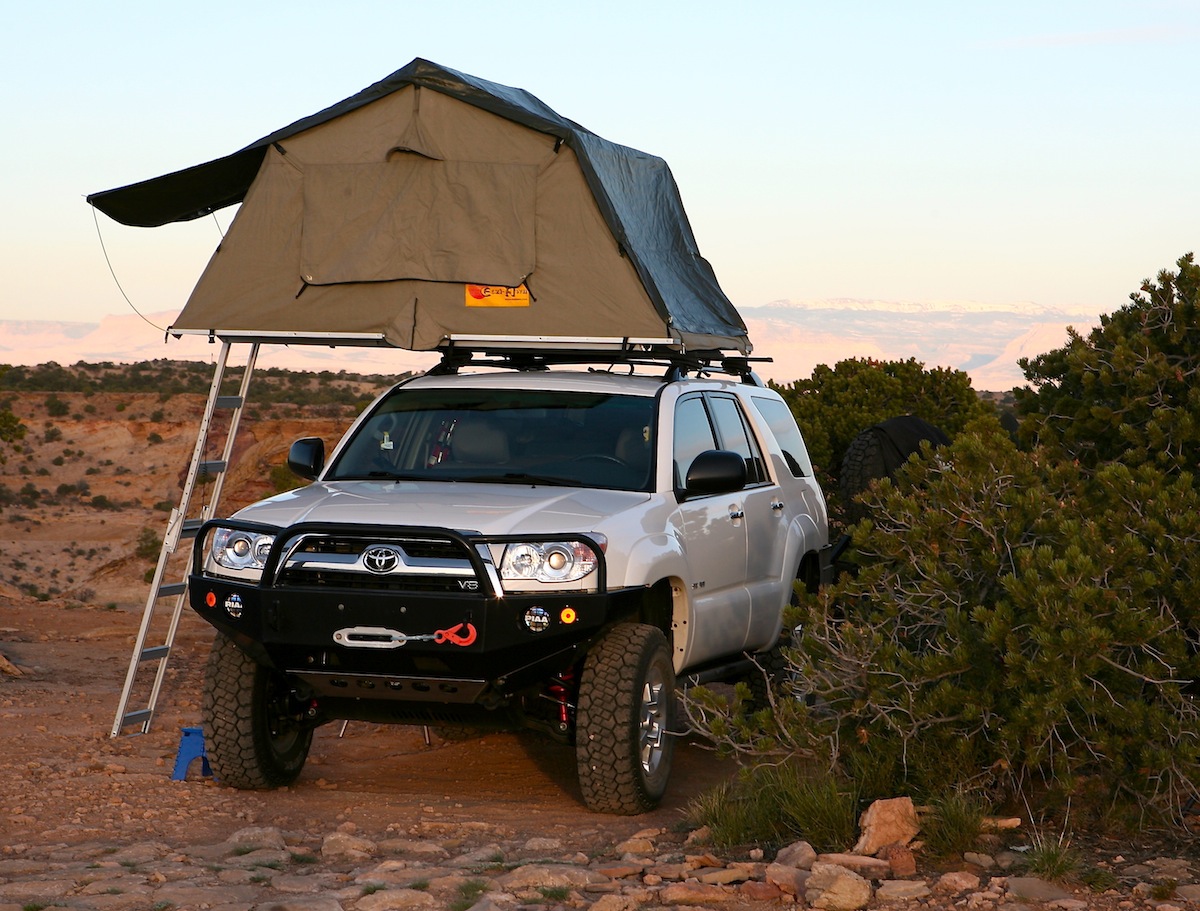
Field Use
My initial test and use of the 1600 on the 4Runner involved two weeks of overland travel, mostly off-highway. The tent performed as expected and there was little to complain about. Of course I was a repeat customer so I knew what I was getting. First the niggles.
All tents can be noisy in heavy winds and a RTT is no different. On one occasion when it was very windy the rain fly was caught by the wind, lifting it and loosening the spring poles. This can cause one or both poles to fall to the ground and allow the rain fly to flap uncontrollably. It did. One fix for this might be to simply remove the rain fly if it’s not needed, though we typically prefer to be prepared for all weather conditions. During the second windy night several days later, I simply opened the door of the tent and secured the fly in its closed, travel position from the inside, greatly reducing the flapping.
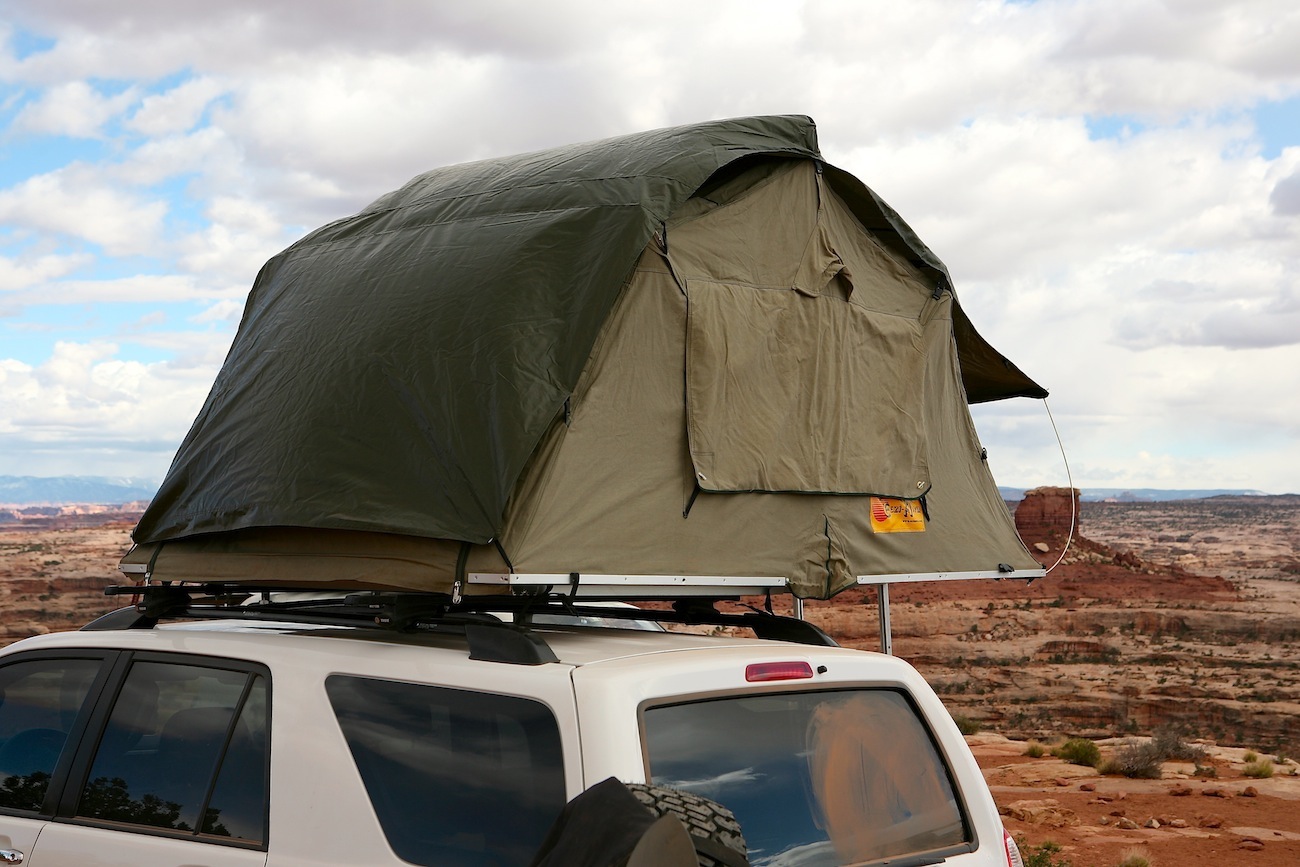
Early one morning a storm blew in while camped at Lake Powell. The winds were fierce and when it started to rain it was raining sideways. I experienced a couple water leaks at the corners of the tent where water dripped inside onto the corners of the Eezi-Awn mattress. At some point no rain fly is going to prevent the tent material from being soaked when the rain is not falling from above, but instead is flying horizontally. I later learned that the owner of Eezi-Awn sometimes recommends a soaking and drying of a new Eezi-Awn tent to condition the seams, threads, and fabric on a new tent. I have performed a similar ritual for other canvas products and this is on my to-do list.
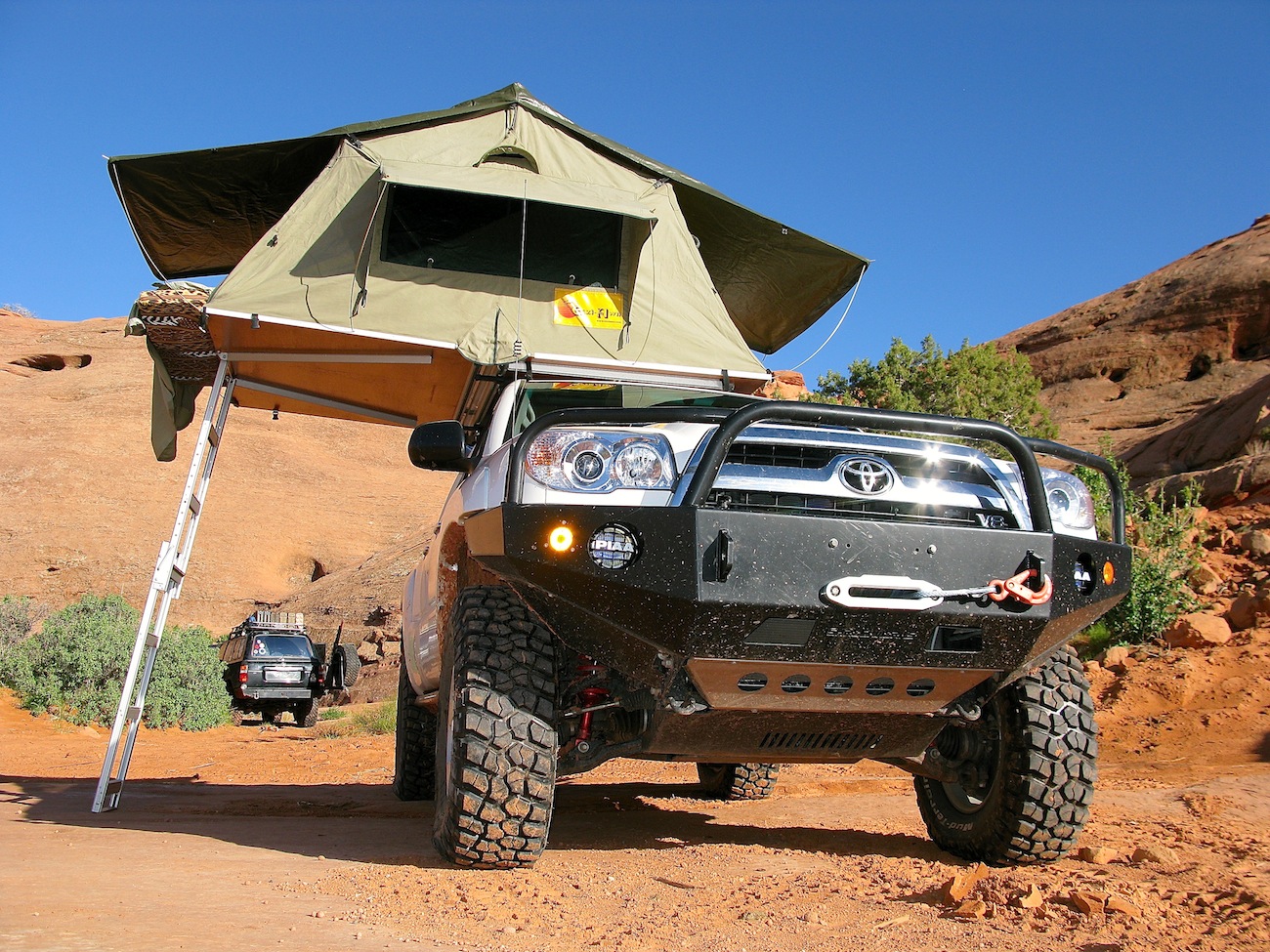
Loving It And Sleeping Better Than Home
The above concerns aside, I really like, maybe even love my Eezi-Awn tent. Opening it after a long day on backcountry trails is easy and fast. Unless I need the airflow to keep the tent cool I often only insert the rain fly poles on the ladder side of the tent, this makes set-up and pack-up even faster. I haven’t timed myself but I’m pretty good at packing up the tent. Closing the tent and breaking camp doesn’t take me any longer than my traveling companions, many of which sleep inside their wagons instead of tents.
Sleeping preferences are personal, like politics and religion. I like to sleep flat on my back and my wife generally likes to sleep on her side. Both of us prefer a firm bed and we both find the Eezi-Awn mattress comfortable. The Series 3 Eezi-Awn tents provide plenty of length for my tall frame, 96-inches long when opened for sleeping.
Bedding not sleeping bags.
In our previous 1800 we used large bulky sleeping bags on top of the mattress. These needed to be pulled out of our Chaser each night and packed away each morning. To make set-up and packing chores faster, with our new 1600 we decided to use traditional bedding. We use the fitted bottom sheet that came with the tent, a king top sheet, covered with a down comforter and optional wool blankets for cold nights. I loved this sleeping arrangement on my two week Utah excursion. All the blankets and a small pillow were folded into the center of the stationary side of the tent before closing. I like having less to pack and unpack and this configuration makes climbing into a bed more like home.
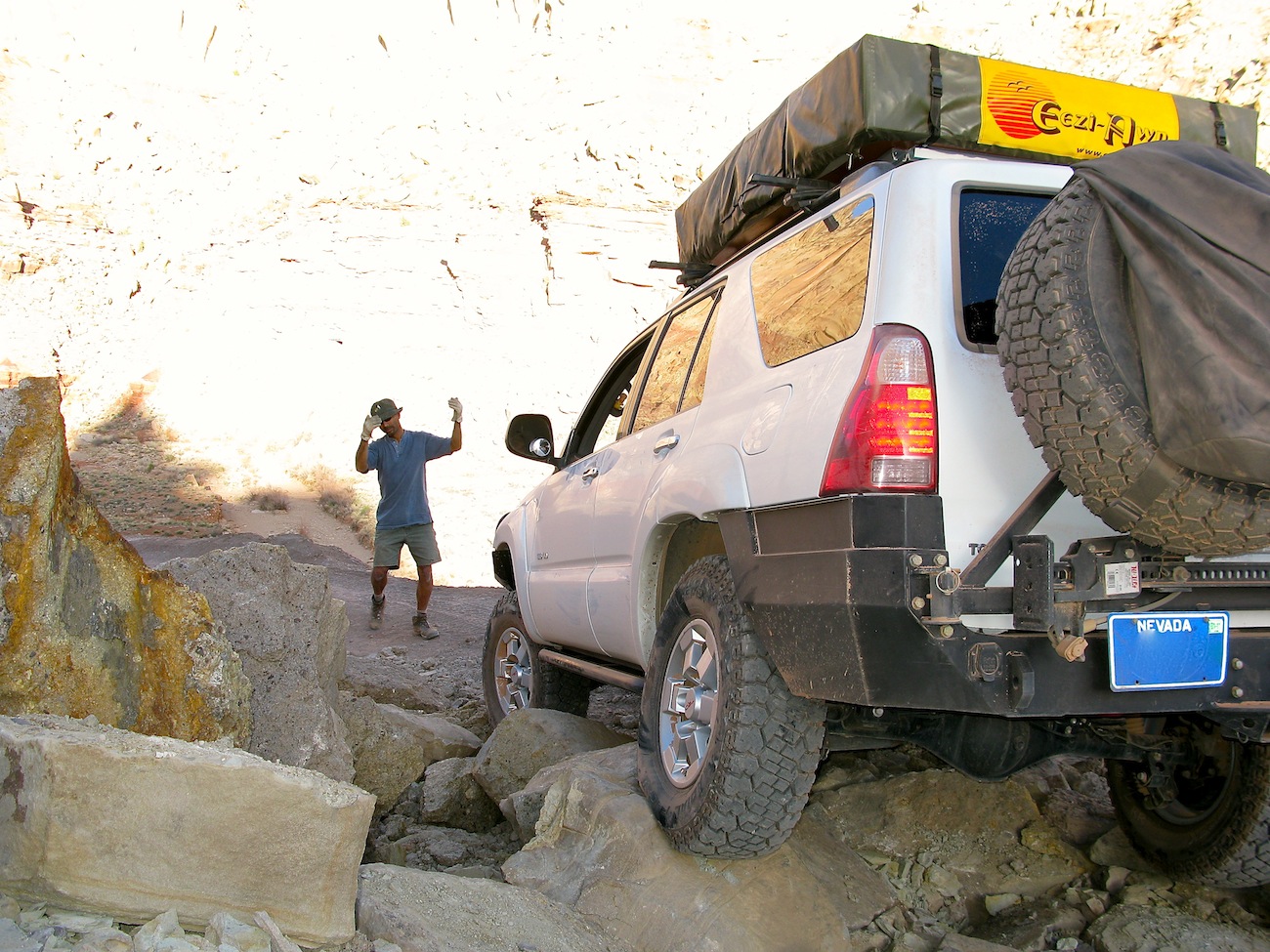
Adverse Handling
None. On the tent’s maiden voyage with several other Toyotas in Utah, the 4Runner was the lowest car, but it’s not light. It weighed 6,500-pounds gross at the beginning of the trip. The V8 4Runner still has the front anti-roll bar attached but the rear has been removed. This rig was built to be a very stable platform and it remains so even with the bulky RTT above the roof. Challenging off-camber obstacles that had others in our group nervous were of no concern for this 4Runner with the Eezi-Awn attached.
There is some added wind noise while driving, though not nearly as much as I feared, crosswinds seem to create the most noise. Strong crosswinds will also move the car a bit more because of its larger profile, but again the car was inherently stable before the RTT and remains so with the Eezi-Awn mounted. The tent’s heavy-duty construction should allow it to live atop many overland vehicles in the coming decades if the 4Runner is sold. Most importantly, my wife likes the tree house.
Copyright © 2012 James Langan




